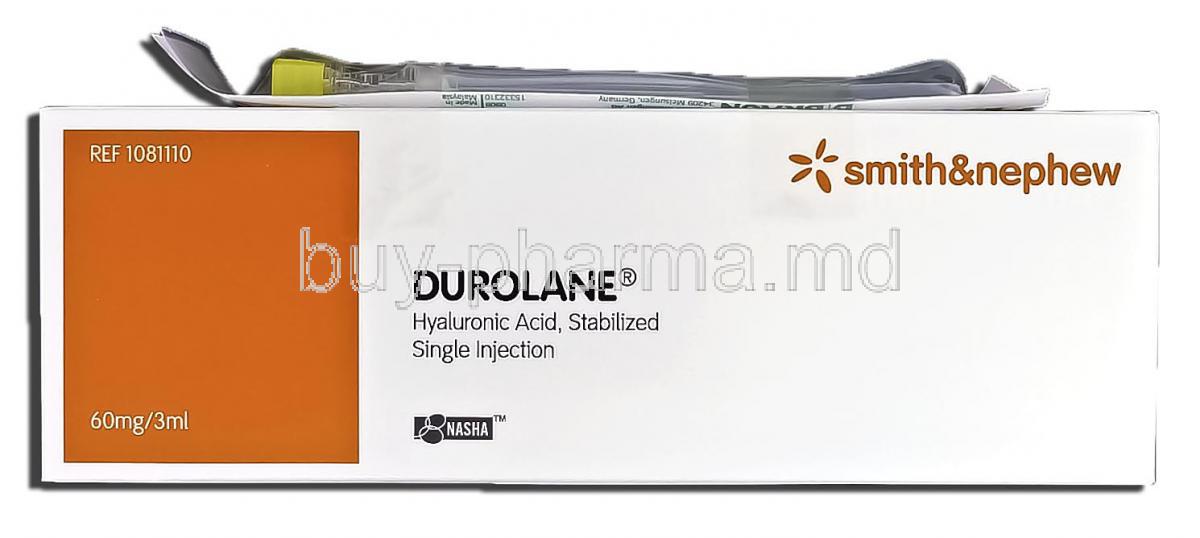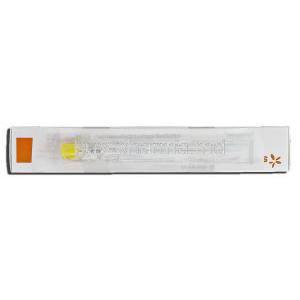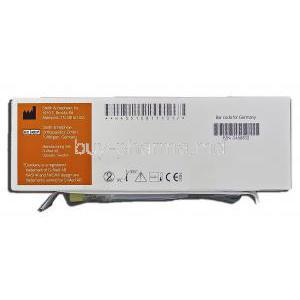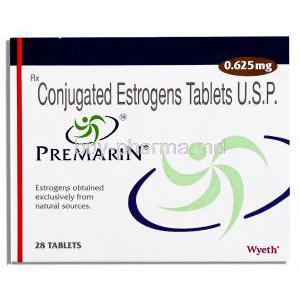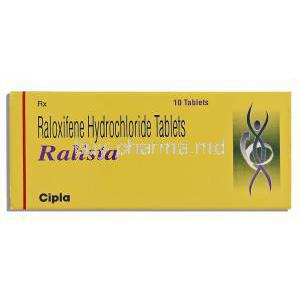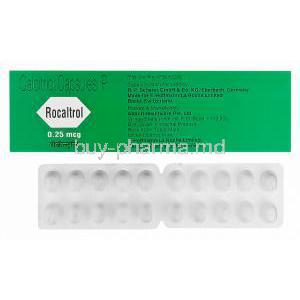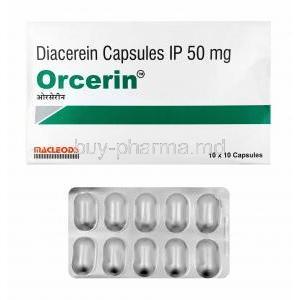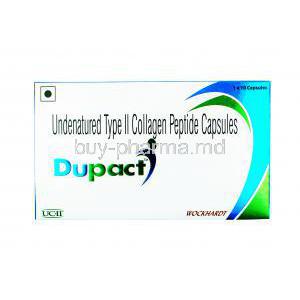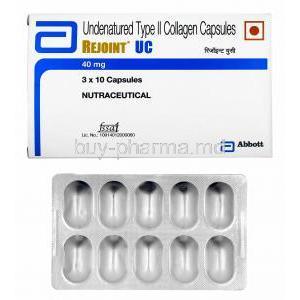Introduction to Durolane and Hyaluronic Acid Injections
Durolane is a premium formulation of stabilized hyaluronic acid, specifically engineered for intra-articular injection to relieve joint pain associated with osteoarthritis. Designed as a single-injection treatment, Durolane offers a high concentration of non-animal derived hyaluronic acid with extended durability in the joint space.
Approved by the FDA and authorized in numerous countries worldwide, Durolane meets stringent safety and efficacy standards. It has become an integral part of conservative treatment strategies in both orthopedic and rheumatologic practices, especially when first-line therapies prove insufficient.
Composition and Formulation of Durolane
Each syringe of Durolane contains a 3 mL dose of high-purity, non-animal stabilized hyaluronic acid (NASHA). The hyaluronic acid is biosynthetically produced and exhibits a high molecular weight, contributing to its viscoelastic and lubricative properties.
- Origin: NASHA technology ensures purity and minimizes immunogenic reactions.
- Stabilization: Cross-linking of hyaluronic acid chains enhances its longevity within the joint space.
- Delivery format: Pre-filled syringe for single-use intra-articular injection.
Durolane vs synvisc
Durolane is a single-injection therapy, while Synvisc requires multiple injections. Durolane offers long-lasting pain relief, while Synvisc contains Hylan A and Hylan B polymers.
Durolane uses
3.1 Primary Indications
Durolane is primarily indicated for the symptomatic treatment of osteoarthritis in large synovial joints such as the:
- Knee
- Hip
- Shoulder
It provides relief from chronic pain, stiffness, and joint discomfort in degenerative joint disease. Durolane supports improved function and mobility, often delaying the need for surgical intervention.
3.2 Expanded and Off-Label Uses
In addition to large joints, Durolane is also used in:
- Smaller joints like the ankle, elbow, and wrist
- Post-operative rehabilitation to enhance recovery and joint function
- Sports medicine protocols for chronic joint strain and repetitive stress injuries
These off-label applications are guided by clinical judgment and patient-specific considerations.
How Durolane Works in the Body
Durolane functions through a process known as viscosupplementation. By restoring the viscoelasticity of synovial fluid, it:
- Improves joint lubrication
- Reduces friction between articulating surfaces
- Alleviates pain and stiffness during movement
Additionally, Durolane may modulate local inflammatory responses, slowing the degradation of articular cartilage and promoting joint health. Its cross-linked formulation allows it to remain in the joint longer than conventional hyaluronic acid solutions, thereby extending symptom relief.
Dosage and Administration Guidelines
5.1 Durolane dosage
- Knee and hip: 3 mL intra-articular injection per joint
- Smaller joints: Dose customized based on joint size and anatomical requirements
Repeat injections may be administered at intervals determined by symptom recurrence and clinical evaluation.
5.2 Administration Techniques
Durolane must be injected by a qualified healthcare provider under sterile conditions. Recommendations include:
- Use of anatomical landmarks or image-guidance (ultrasound or fluoroscopy) for accuracy
- Avoidance of adjacent structures such as ligaments and tendons
- Post-injection instructions: limit high-impact activities for 24–48 hours
Durolane injection side effects
6.1 Common Side Effects
Most adverse events are localized and self-limiting:
- Pain, redness, or swelling at the injection site
- Mild joint stiffness or temporary discomfort during movement
6.2 Less Common and Serious Adverse Reactions
- Joint effusion requiring aspiration
- Hypersensitivity reactions including rash or urticaria
- Post-injection inflammatory flare (transient increase in joint pain)
Patients are advised to seek medical attention if symptoms persist or worsen beyond 72 hours post-injection.
Drug Interactions and Combination Therapies
Durolane is generally well tolerated and shows minimal systemic interaction. However:
- Corticosteroids: Simultaneous intra-articular corticosteroid use is not recommended due to potential additive inflammation
- NSAIDs: No known direct interaction, though may be used adjunctively under physician guidance
- Antibiotics: Intra-articular antibiotics or antiseptics are contraindicated concurrently due to incompatibility
Physiotherapy and supportive rehabilitation protocols are often employed alongside Durolane to enhance joint function and recovery.
Warnings and Precautions Before Using Durolane
Prior to administration, thorough evaluation of the target joint is essential. Durolane should not be injected into areas with active joint infections or cutaneous conditions such as eczema or dermatitis near the intended injection site. Introducing the product under such circumstances may exacerbate local inflammation or introduce pathogens into the joint cavity.
- Post-injection caution: Patients are advised to avoid strenuous activity, prolonged standing, or high-impact sports for at least 48 hours following the injection to allow optimal joint integration and minimize irritation.
- Repeated injections: While Durolane can be administered multiple times, clinicians should assess joint condition and symptomatology before repeat dosing to avoid dependency or diminished efficacy over time.
Contraindications for Durolane Injection Use
Durolane is contraindicated in individuals with hypersensitivity to hyaluronic acid or any of the excipients in the formulation. Signs of allergic response may include localized swelling, erythema, or systemic reactions such as anaphylaxis in rare cases.
- Active infections: Avoid administration in joints with active septic arthritis or where the overlying skin is compromised by infection or lesions.
- Bleeding risk: Patients with known bleeding disorders or those receiving anticoagulant therapy (e.g., warfarin, heparin) should be carefully assessed due to elevated risk of hemarthrosis or post-injection hematoma.
Guidelines for Careful Administration in Special Populations
10.1 Administration to Elderly Patients
Age-related degeneration often presents with complex osteoarthritic changes. When using Durolane in elderly patients, consider the extent of joint damage, presence of osteophytes, and overall physical resilience.
- Monitor for improvements in range of motion, pain reduction, and gait stability.
- Assess for polypharmacy interactions, although Durolane is typically localized in effect.
10.2 Use in Pregnant Women and Nursing Mothers
Durolane has not been systematically studied in pregnant or lactating women. Although systemic absorption is minimal, caution is advised due to the lack of conclusive safety data.
- Use only if the anticipated benefits clearly outweigh potential risks to the fetus or infant.
- Prefer deferring elective viscosupplementation until after pregnancy or lactation, if possible.
10.3 Administration in Pediatric Patients
Durolane is not recommended for individuals under 18 years of age due to limited clinical data on safety and efficacy in this demographic.
- Use only under the supervision of a pediatric specialist with expertise in joint disease.
- Alternative treatment modalities may be more appropriate for juvenile arthropathies.
Overdosage and Recovery after durolane injection
Overadministration is uncommon but may occur if excessive volume is inadvertently injected into the joint. This can result in overdistension, causing discomfort and joint effusion.
- Symptoms: Pain, tightness, and visible swelling of the affected joint
- Management: Joint aspiration to relieve pressure and application of cold compresses or analgesics for symptomatic relief
- Monitoring: Short-term observation is typically sufficient; most cases resolve without sequelae
Storage and Handling Precautions for Durolane
Durolane should be stored at controlled room temperature, ideally between 2°C and 25°C. Stability and integrity of the hyaluronic acid formulation depend on proper storage conditions.
- Do not freeze, as freezing degrades the viscoelastic properties of the gel.
- Protect the pre-filled syringe from direct sunlight or excessive heat.
- Use the syringe immediately upon opening and discard any unused portion, as it is designed for single-use only.
- Dispose of used syringes and sharps in accordance with local biohazard regulations to prevent accidental injury or contamination.
Durolane, Hyaluronic acid Injection FAQ
- What is Durolane injection used for?
- How long does Durolane injection last?
- What are the problems with Durolane?
- What not to do after Durolane injection?
- How successful is a Durolane injection?
- Can I ice my knee after Durolane injection?
- How many injections do you need for DUROLANE?
- How long does Durolane take to start working?
- Is Durolane FDA approved?
- What can I expect after Durolane injection?
- Where is Durolane injected?
- What are the benefits of Durolane?
- Are Durolane injections safe?
- What is another name for Durolane?
- Does Durolane need to be refrigerated?
- How often can you give Durolane?
- What are the warnings for Durolane?
- Is Durolane better than cortisone?
- What are the benefits of DUROLANE injections?
- How safe is DUROLANE?
What is Durolane injection used for?
Durolane functions much like the fluid found around your joints, serving as both a lubricant and shock absorber in relieving knee pain resulting from osteoarthritis.
How long does Durolane injection last?
Up to 6 months
What are the problems with Durolane?
- Mild joint swelling (can last for a few weeks)
- Joint pain (usually resolves after a week)
What not to do after Durolane injection?
Avoid activities like jogging or playing tennis for the next 48 hours following the injection. Try not to stand for long periods or lift heavy objects.
How successful is a Durolane injection?
70%
Can I ice my knee after Durolane injection?
Yes
How many injections do you need for DUROLANE?
1
How long does Durolane take to start working?
3 to 5 days post-injection
Is Durolane FDA approved?
Yes
What can I expect after Durolane injection?
Mild pain, swelling, warmth, and redness at the injection site for up to 48 hours following the injection
Where is Durolane injected?
Single-injection directly into the knee
What are the benefits of Durolane?
It improves the flexibility of joints and shields them from harm.
Are Durolane injections safe?
Yes
What is another name for Durolane?
Sodium hyaluronate
Does Durolane need to be refrigerated?
No
How often can you give Durolane?
The injections should be spaced out by a week each totaling three or four injections all.
What are the warnings for Durolane?
If your face starts to swell or if you experience swelling in your lips or tongue while using Durolane treatment it may lead to side effects.
Is Durolane better than cortisone?
Both therapies resulted in a decrease in knee discomfort and rigidity; however, the Durolane injection offered lasting benefits that could be repeated without diminishing effectiveness.
What are the benefits of DUROLANE injections?
Durolane is a treatment with hyaluronic acid that offers prolonged pain relief for knee osteoarthritis in just one injection session. Hyaluronic acid functions as a lubricant and shock absorber in the knee joint.
How safe is DUROLANE?
Durolane has been shown to be safe in studies after multiple injections have been administered.

